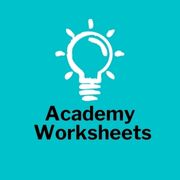The letters of the English alphabet include a, b, c, d, e, f, g, h, i, j, k, l, m, n, o, p, q, r, s, t, u, v, w, x, y, and z.
Why is It Important to Learn the Letters of the Alphabet?
Knowing the letters of the alphabet is important for many reasons. It helps children learn to read and write. It helps adults remember words, names, and even facts. It helps to spell correctly and with confidence. It is also necessary for learning the language, understanding how words are formed, and for knowing how to pronounce words correctly. Knowing the alphabet is an essential skill for both children and adults alike.
Consonants
Vowels
Ending Sounds
Sight Words
The Benefits to Tracing the Letters First
Learning to trace letters helps improve fine-motor skills and teaches children the importance of precision. It can also help children recognize and form their letters, both upper and lower case. In addition, tracing letters can help children practice sequencing and patterning.
How Does Learning the Letters Help with Reading?
Learning the letters of the alphabet is an important step in learning to read. It helps children to recognize and identify the individual letters, which then helps them to recognize and identify words. Knowing the letters also helps children to understand the basic structure of language, such as sentence structure, grammar, and punctuation. Knowing the letters also helps children to learn new words, as they can sound out words they don’t know by breaking them down into individual letters. Finally, knowing the letters helps children to develop phonemic awareness, which is the ability to recognize and manipulate the sounds of language. This is an important skill for reading, as it helps children to decode unfamiliar words and understand how they are spelled.
